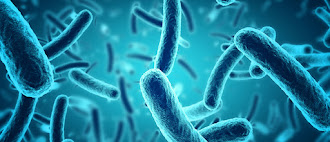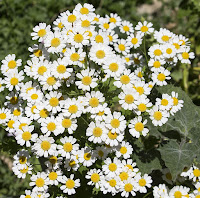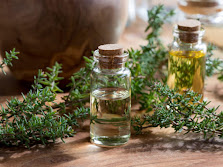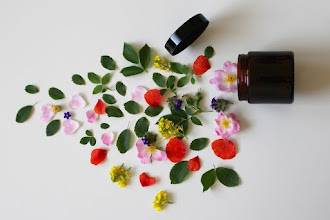Biopesticides/Biofungicides
 |
| Beauvaria bassiana at work |
• Insecticides that use entomopathogenic fungi to kill specific groups of insects, like Beauvaria bassiana which infects a wide range of insects with deadly white muscardine disease and Isaria fumosorosea Apopka Strain 97 that kills mites and soft-bodied insects.
• Insecticides that use targeted strains of bacteria to kill specific insects, like Bacillus thuringiensis israelensis (Bti) that kills mosquito larvae, and Bacillus thuringiensis kurstaki (Btk), which kills Lepidoptera caterpillars.
Biofungicides also use a variety of beneficial microorganisms to control plant pathogens like powdery mildew and botrytis. They work in multiple ways, but generally speaking they overpower the pathogens and out-compete them for resources. The ingredients in some common biofungicides include:
 |
| Bacillus subtilis |
• Bacillus subtilis – a bacteria found in the soil and the gastrointestinal tract of certain animals
• Trichoderma – This is a group of soil-dwelling fungi of which certain strains have been developed for maximum efficacy in the plant world.• Botanical oils like the Thyme Oil in Thymox Control Organic.
These are deeply researched and complex products that are, nevertheless, easy to use and readily available to any size grower. I strongly encourage you to dig deeper into these categories; there are many products than I have pointed out and there is much more information on each product page.
Biopesticides and biofungicides are excellent choices for IPM program and because they often only affect targeted pests, using them reduces the effects to non-target organisms. These products also cut down the danger of residual pollution and eliminate the problem of pesticide/fungicide resistance. They are also cost-effective overall as they reduce the need, and thus the cost, of conventional products.Minerals
 |
| Rice Terraces in Southern China |
Herbicides
We have come a long way from spraying highly-toxic herbicides like DDT all over everything. Nowadays most people understand the need to keep weed control products, not just weeds, in check. Biorational herbicides use a wide variety of ingredients to great effect. We carry herbicides that use corn gluten meal, botanical oils, iron, barrier controls, d-limonene (citrus oil), ammonium nonanoate (BioSafe Weed & Grass Killer) and citric acid. Biorational herbicides will not produce the quick knockdown of weeds that the toxic sprays can, but they are still highly effective for the patient and conscientious consumer.
Soaps
Biorational insecticidal soaps are another product line that reflect the modernization and upgrade of an old school DIY form of pest control. Insecticidal soaps these days are potassium salts of fatty acids and are used to control soft-bodied insects and some path pathogens. One of our customer-favorite soaps is M-Pede, which, in addition to its insecticidal properties, is labeled as a curative control for powdery mildew.As far as our pest control products go here at ARBICO, we have very few that cannot be classified as biorational (traps come to mind). There are still some hard-to-kill pests that we struggle to find biorational controls for, but we are committed to finding as many as we possibly can and presenting them to you as soon as we do.Submitted by Pam













No comments:
Post a Comment